#thousand year blood war icons
Text



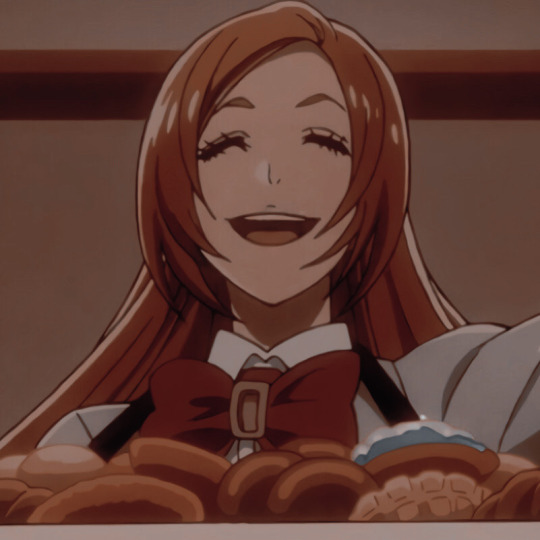





Orihime Inoue icons
Like/reblog if you save or use
#bleach#bleach icons#orihime inoue#orihime inoue icons#orihime#orihime icons#orihime my beloved 🫶🫶#ch: orihime#anime: bleach#thousand year blood war#thousand year blood war icons#bleach tybw#bleach tybw icons#anime#anime icons
30 notes
·
View notes
Text












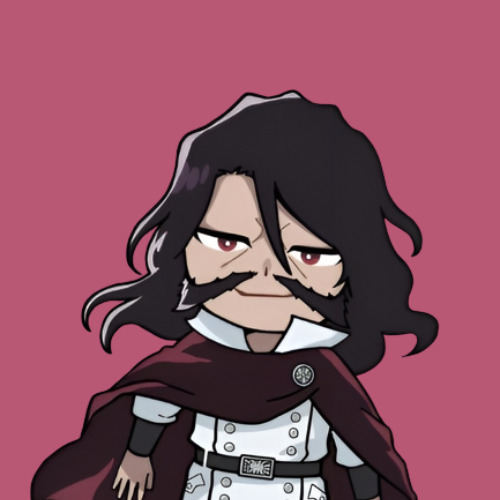


BLEACH: THOUSAND YEAR BLOOD WAR - ICONS .。. .。.:*☆
#like or reblog to use!#bleach#bleach tybw#thousand year blood war#tybw#tybw anime#bleach icons#ichigo kurosaki#orihime inoue#renji abarai#rukia kuchiki#uryu ishida#jugram haschwalth#toshiro hitsugaya#byakuya kuchiki#yhwach#genryusai shigekuni yamamoto#bambietta basterbine#candice catnipp#meninas mcallon#liltotto lamperd#giselle giwelle#icons: tsukihimee#anime icons#bleach edit
268 notes
·
View notes
Text
More icons. 💖








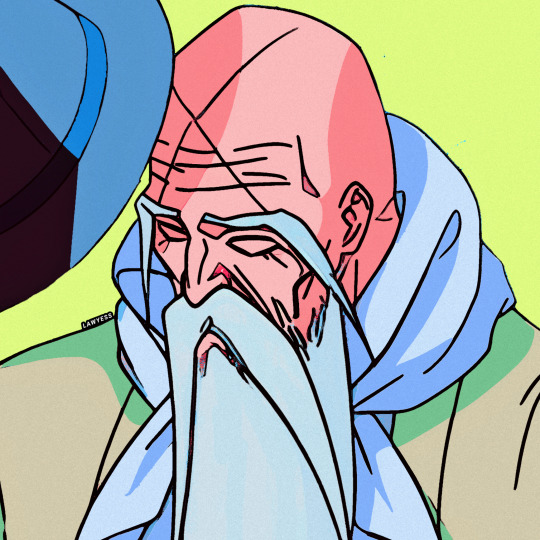

#anime#anime edit#my edit#anime icons#edits#icons#bleach#we still bleach#thousand year blood war#bleach aizen#bleach art#bleach official art#gree cards#bleach bankai battle
119 notes
·
View notes
Text







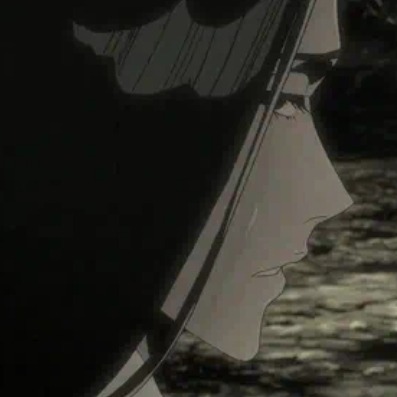


⌕ bleach - unohana.
like or reblog if you save/use.
#bleach#bleach icons#bleach layouts#bleach anime#bleach icon#bleach unohana#retsu unohana#captain unohana#unohana icons#bleach a thousand year blood war#a thousand-year blood war#anime layouts#anime icons#manga icons#twitter layouts#animes layouts#manga layouts#anime packs#anime icon
104 notes
·
View notes
Text
ICHIGO KUROSAKI IN THE NEW TRAILER AHHHHHHH

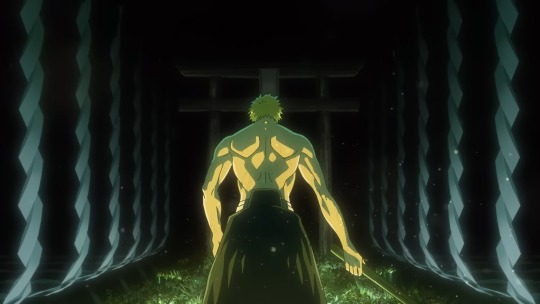

#bleach#ichigo kurosaki#I LITERALLY SCREAMED#HE IS SO FINE FUCK#HE HAD ME RUNNING LAPS#AND THEN I DIED#I WILL NOT SURVIVE THIS EPISODE#bleach anime#kurosaki ichigo#ichigo icons#bleach icons#bleach tybw#bleach thousand year blood war#tybw
30 notes
·
View notes
Text








Hello~
#anime#anime cap#anime icons#bleach 千年血戦篇#bleach#bleach thousand year blood war#bleach sennen kessen hen#bleach tybw#renji abarai#renji icons#bleach icons#red hair#te amo aunque seas debil xD
66 notes
·
View notes
Text

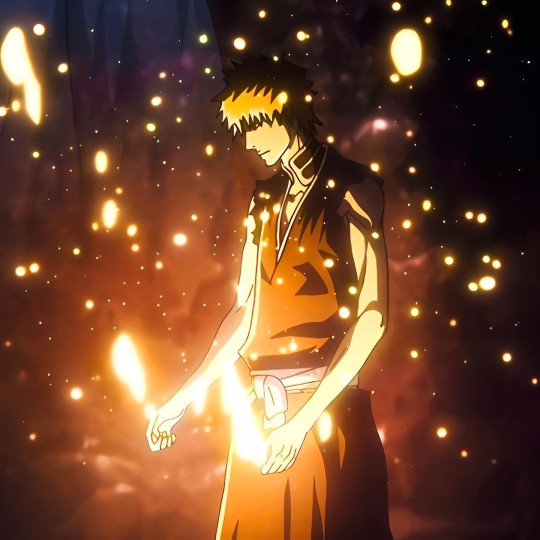

You two are my Zanpakuto
The blade is me
— Kurosaki Ichigo
anime: Bleach: Thousand-Year Blood War
@Getsesko
ig: instagram.com/getsesko
#the blade is me#ichigo kurosaki#kurosaki ichigo#anime#bleach#bleach: thousand-year blood war#bleach tywb#amazing#beautiful#sword#blue#ichigo#ichigo icons#ichigo bleach#bleach ichigo#anime bleach#anime icons#anime icon#icon#icons#icon boy#icon girl#strong#powerful#soul society#fire#quincy#soul reaper#momment iconic#blade
28 notes
·
View notes
Text
I CAN'T WAIT!!!

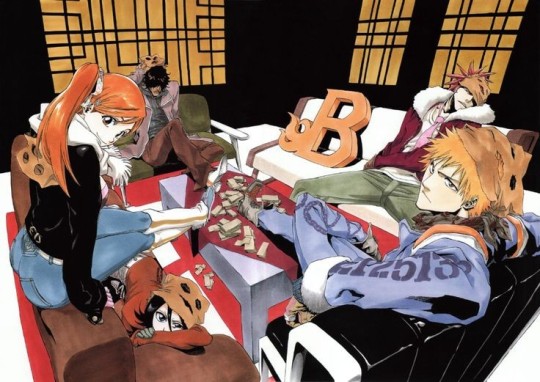



Alexa! Play ASTERISK by orange range
#anime#anime icons#anime men#bleach#bleach a thousand year blood war#masaki kurosaki#bleach captain#bleach fashion#big 3#rukia kuchiki#soul society#quincy#shinigami#soul reaper
36 notes
·
View notes
Text
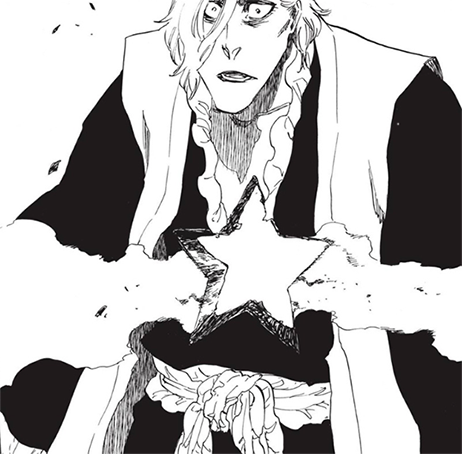
#bleach#bleach spoilers /#rose otoribashi#rojuro otoribashi#bleach tybw#bleach thousand year blood war#bleach sennen kessen hen#i do love the anime for the fights but i'm finding some of the still shots that are iconically burned into my mind from the manga are#just not hitting the same? and i think that's cause kubo works alot with negative space and that's harder to do when grounding the characte#and audience? like the wound i think is smaller in the anime. but i think it's also less impactful cause you have the smoke behind it cause#beam caused explosion caused smoke#whereas i think if they had just had a breeze idk#some way to clear the smoke and have that red sky behind the wound it would have been starker and more alarming (<--guy who is not an#animator just has Opinions)
5 notes
·
View notes
Text

#anime / manga#bleach thousand year blood war#bleach#bleach icons#nelliel tu oderschvank#bleach nelliel#bleach girls#cute girls#beautiful girls#girl#waifuskawaii#fanart#bleach fanart#pixiv
11 notes
·
View notes
Text
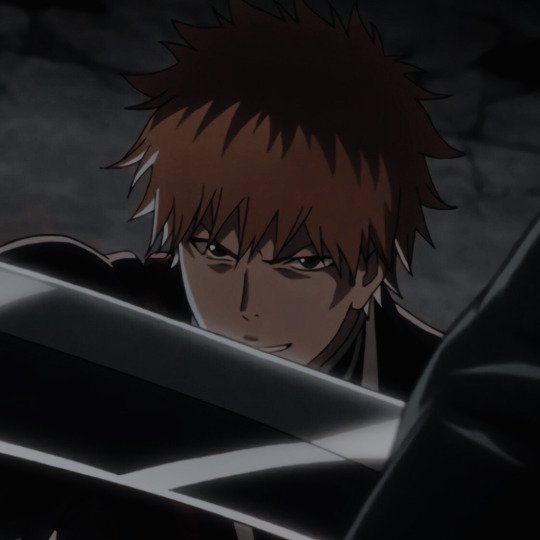
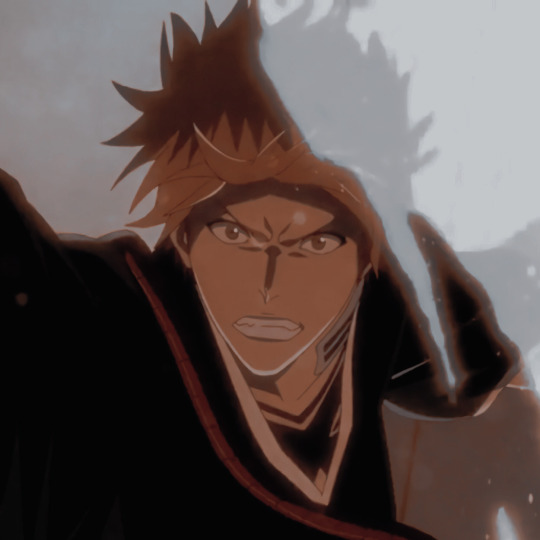







Kurosaki Ichigo icons
Like/reblog if you save or use
#kurosaki ichigo#kurosaki ichigo icons#bleach#bleach icons#ichigo#ichigo icons#ch: ichigo#anime: bleach#thousand year blood war#thousand year blood war icons#bleach tybw#bleach tybw icons#ichigo kurosaki#ichigo kurosaki icons#anime icons#anime
22 notes
·
View notes
Photo

204 (100 x 100) icons of SOUZUKE AIZEN from BLEACH
PURCHASE BY SENDING A MESSAGE! CHECK OUT MORE ICONS HERE. PREVIEW UNDER CUT:

#bleach rp#bleach icons#bleach rp icons#souzuke aizen#bleach#bleach a thousand year blood war#souzuke aizen icons#manga icons#rp icons#manga rp#manga rp icons
4 notes
·
View notes
Text
Farewell! 💔

#bleach#soul society#ichigo icons#anime and manga#thousand year blood war#Genryūsai Shigekuni Yamamoto#Captain Yamamoto#Gotei 13#original gotei 13
6 notes
·
View notes
Text
On Sept 20th we venerate Ancestor & Hoodoo Saint John Henry on the 153rd anniversary of his passing 🕊
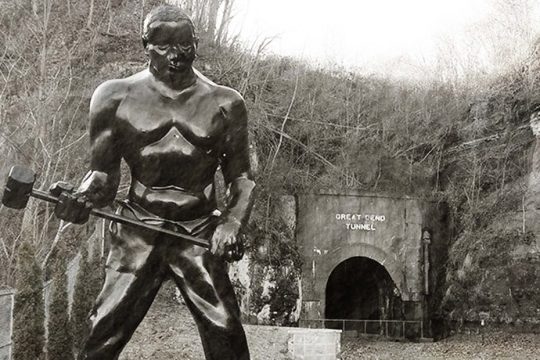
An icon of Hoodoo Folklore & History, John Henry - aka the Steel-Driving Man - embodied the otherworldly strength & will that defied physics, expectation, & the harsh conditions of his time. He is a symbol of Black Power as an unbreakable spirit of resistance and protest.
John Henry was indeed a real man behind the lore of his legend. Though there is still much debate as to who was THE John Henry among many possibilities. As it stands, most scholars believe he was born enslaved in VA in 1840’s, later emancipated after the Civil War. He stood at 6ft tall, 200lbs - a true giant of his time. He carried a beautiful baritone voice & played the banjo. That would make him the 19yr old who was convicted of theft in a VA court in 1866. For his alleged crime, he was sentenced to 10 years in the penitentiary & put to work building the C&O Railroad during the Reconstruction Era.
In the February 1870, the legend of John Henry was born along the C&O Railway at Big Bend Mountain near Talcott, WV - when over 1,000 railroad workers began drilling the Great Bend Tunnel where the Greenbrier River makes a seven-mile meander around the mountain. John Henry was a "free Negro" hired as a Steel-Driver on the C&O Railway. He & his counterparts were saddled with the gruesome task of hammering steel drills into rock to holes for explosives to cut a 6,450 ft-long tunnel through the mountain. Railroad work was hard; long hours of grueling labor, dangerous at times, for little money.
Holes were drilled into the layers of rock using a hand drill & hammer, then filled with powder & blasted in order to make the rock small enough to remove from the tunnel. The drill was held by a “Shaker” - tasked with turning it slightly after each blow & shake it to flip the rock dust out of the hole. The “Steel Driver” swung the hammer as hard & as often as he could, pounding the drill into the rock. John Henry was prolificly known as the strongest, fastest, & most powerful man working on the railroad.

One day, the C&O railroad company bought a steam drill. It was said that the steam drill could drill faster than any man on earth. This sparked the age-old debate & challenge of Man-versus-Machine. John Henry immediately volunteered to go up against the machine to prove that the Black worker could drill a hole through the rock farther & faster than any drill could.
John Henry wielded two 10-14lb hammers, one in each hand. He pounded the steel drill so hard & fast that he drilled a 14ft hole into the rock. The steam drill only reached 9ft. John Henry held up his hammers in triumphant victory. Nearly a thousand railroad workers shouted & cheered his name. So much so that it took them a while before realizing that John Henry was tottering. Exhausted, he crashed to the ground with his hammer at his sides. It is said that the crowd went dead silent as the foreman rushed to his side. John Henry had passed away from exhaustion due to bursted blood vessels in his brain.
The Great Bend Tunnel was eventually completed on September 12th 1872, & remained in service until 1974. A life-sized, 750lb bronze statue of his likeness was erected on Dec 28th 1972 - on the 100th anniversary of the completion of the Great Bend Tunnel. Barbed wire was placed around the statue for many years to combat vandalism of white paint being thrown on it, gun shots to the face and torso, etc.

Sadly, no one knows where John Henry was buried. Some say his likeness can be found carved into the rock inside the Big Bend Tunnel. Others say if you walk to the darkest edge of the tunnel, you can still hear the sound of two 10-14lb hammers drilling their way to victory.
"If I can't beat this steam drill down, I'll die with this hammer in my hand!"- John Henry, as told from The Ballad of John Henry.
John Henry's choosing to go up against the steam drill was not about the challenge in and of itself. It was about proving that the body & spirit of the Black man could NOT be broken. Especially while living in such hard, grueling times. Our livelihoods were at stake & our future was even more uncertain.
Thus, he is forever immortalized in the hearts & minds of our people as symbol of the blood, sweat, & tears that drench the C&O railway by Black railroad workers of the past/present. A beacon for those who lost their lives laboring under such dangerous occupation conditions. The lore of his legend (and the lives of Black workers lost) lives on in oral tradition through story, ballads, Blue's, & work songs from coast to coast. These songs and tales did more than transform John Henry into a folk hero, they reminded us to "slow down or die", which became a tool of resistance & protest among railroad workers.
John Henry was a legend turned symbol among the Black populace of the time. And an Ancestor turned Saint for us those of Hoodoo Culture.
We pour libations & give him💐 today as we celebrate him for his unbreakable spirit, unparalleled strength, & defiance against a system that see us all perish beneath its heel.
Offering suggestions: tobacco smoke, libations of dark liquor, railroad dirt (especially from the C&O railway tunnel/line), & sing/play ole rwork songs and ballads to his name.
‼️Note: offering suggestions are just that & strictly for veneration purposes only. Never attempt to conjure up any spirit or entity without proper divination/Mediumship counsel.‼️
#hoodoo#hoodoos#atr#atrs#the hoodoo calendar#Hoodoo Folklore#Hoodoo History#Hoodoo Saints#hudu#john henry#steel driving man
107 notes
·
View notes
Text
Kurosaki Ichigo icons.

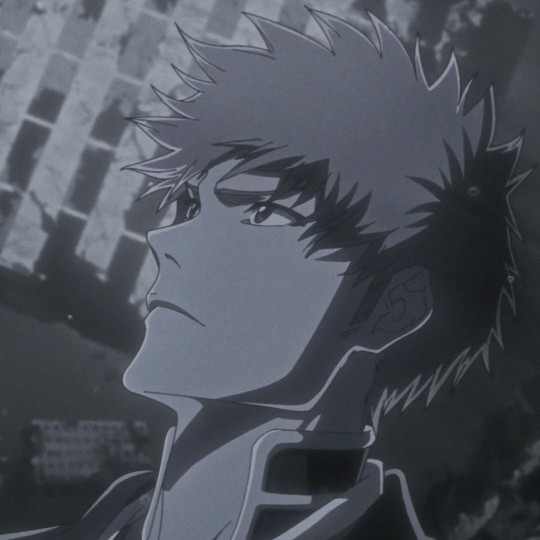
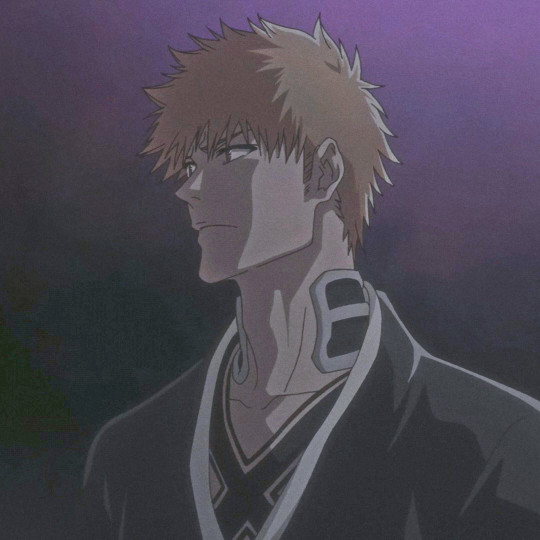

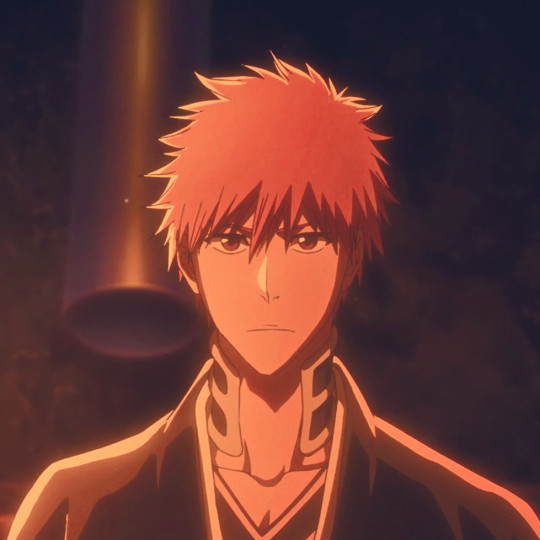

#kurosaki ichigo#ichigo kurosaki#ichigo icons#bleach thousand year blood war#bleach tybw#bleach icons#bleach anime#bleach#my icons#bleach ichigo#ichigo bleach
23 notes
·
View notes
Text
The Witch of Kil-kennar
(@forgottenarias as promised, witch hc's i was talking abt incoming!)
The Siege of Kil-kennar
Kil-kennar was an ancient castle, even said by some Astairans to be a site of religious significance, but it most assuredly was a strategic location. Roderick saw this straight off, early in the conception of his Conquest of Astaira, drawing up a thousand rolled scrolls and carefully drawn maps. If one wished to place a stranglehold on movement through the nation of Astaira, one needed to hold the ancient site of Kil-kennar. Yet, situated towards the center of the nation and controlling perhaps the most formidable river in the nation at its bend, it was a citadel from which and to which all trade circulated -- making it at once a place which was easy to reach -- and difficult to take.
The Varmont march took near a year to come towards its shore but, as soon as it did, it was a mad dash: whichever force first arrived there must seize it and hold it, come what may, if they were to conquer. When the first opportunity arose, it was Arthur's contingent which was in position to march on Kil-kennar and, receiving his orders, Arthur did not hesitate to do it.
Nestled up amongst mountain peaks, Kil-kennar was no easy place to capture, but it was not merely a military outpost. Before the war, it had been a bustling center of trade, making it both fort and citadel, a place boasting families and merchants as well as soldiers and, known for its religious qualities, quite an outcropping of true believers as well. Still, a siege was a siege and, even from the outside, Arthur had far more experience in war even at his young age than did most of those inside the fortress. For twelve harrowing days, Kil-kennar held out, but on the thirteenth, they surrendered. The challengers for the victors, however, were only just beginning.
Seeress of Kil-kennar
As Arthur instilled a military rule over the residents of Kil-kennar, he set up instilling the kind of rule that his father always did in occupied cities -- the great walls of the fortress which once had protected them now transforming in prison walls for the Astairas civilians within. Distressed and afraid, many turned to Áine, Seeress of Kil-kennar, a strong-willed and unswerving woman who was revered amongst her people for her bravery and her ability to speak with the guardians.
From the start, Arthur knew he must root her out, but the people hid her and gave her shelter, often at the risks of their own lives, as quietly she became the ringleader of a resistance from within. Áine was determined to do all in her power to thwart the Varmonts, and she began in utterly unswerving dedication.
Though the siege had lasted less than two weeks, holding the city was far more troubling and Arthur soon dedicated himself to rooting out the chief: the witch-woman Áine of the Weirding Way, whom his soldiers soon came to fear not merely as an opponent but as a prophetess and a mage of great power. While the priests of the one god insisted all her powers were merely for show, many whispered that the truth of her abilities could not, in truth, be disputed.
Fearing for his hold on the strategic city, Arthur turned his attentions to rooting out the witch, which he ultimately did with ruthless efficiancy yet, once he had her, a religious figure and a heroine to her people both, Arthur realized, first, that killing her would likely bring down a full-scale revolt on their heads, such that they would soon find themselves fighting a battle both from within -- and without. But he realized something else as well, she was no mere soothsaying, some icon of idolatry, but a woman of flesh and blood and, while he knew that his father would burn her at the stake, when Arthur looked into her eyes, he wondered if he could, indeed, do so. Would not a more merciful end prove better, if end she must? And, indeed, was it so very necessary to kill her at all? In truth, he grew not simply to see her for a human being, but to admire her for her bravery, her loyalty, and her unbending will.
The Purple Missive
Arthur could not long conceal that he'd caught her, however: not from the populace, and not from his father, either. After a particularly daring escape attempt, a messenger arrived at the gates of Kil-kennar, wearing his father's livery. "Kill the witch," his father. ordered. "Or you are not my son." The messenger then immediately ordered that a pyre be constructed at the heart of the town and informed Arthur that he would be Roderick's eyes and ears. If the witch were not dead within forty-eight hours, he would report to the emperor that Arthur had turned traitor to his father.
She was his friend, but Arthur marched Áine to the center of the village square, his soldiers forming an iron ring around the hastily constructed platform upon which they stood. He read out the order for her execution clearly and without pause and then, in one swift motion, he drew his sword and beheaded her in the sight of all.
"Go," said Arthur, her blood dripping from the sword still clasped in his hand. "Go now and tell the Emperor all that you have seen."
This decision, though adhering to the letter of Roderick's law, did nothing to please anyone. While the seeress was dead, she had been decapitated rather than burned to death, and in his fury, Roderick made a point -- on his own battlefield some miles away -- of rounding up everyone so much as rumored to be a witch. He then set his soldiers out uprooting trees which he turned into stakes lining either side of the the main road to the capital. Without any sort of trial, Roderick tied a suspected witch to each pillar and burned them all, lighting the march towards Malconaire in a butchery that became known as the Pyre Walk.
Meanwhile, within Kil-kennar the citizens rose up in rebellion, their leader having been brutally murdered without trial before them and, while Arthur managed to hold the city and beat down the insurrection, many lives were lost on both sides, a devestating loss for which Arthur was held as directly responsible by both sides. Furthermore, even many Astairans who acknowledged -- whether for good or ill -- his mercy in the means of dispatching Áine, still held him as responsible for the Pyre Walk as they argued that burning one woman, there, might have spared hundreds, many of whom were not even witches. On the Varmont side, many viewed his actions as having exposed a dreadful weakness: an unwillingness to do what must be done and make the hard choices.
Nonetheless, there are those who see his actions as heroic. Some Astairans believe that his merciful action was good in itself, and he ought not to be held responsible for his father's terrible actions afterwards, though many argue that who could have better foreseen this outcome than Roderick's own son? On the Varmont side, some are also sympathetic to Arthur's actions, though for varying reasons. Some believe that mercy, in itself, is good, while others take pride in him boldly executing a witch, himself, rather than leaving the deed to an executioner's flame.
The Butcher of Kil-kennar
Given his reputation of having cut down a woman with a blade, spilling weirding blood on a sacred site, and all the subsequent bloodshed that resulted, the governor of Kil-kennar who did this is sometimes known as the Butcher of Kil-kennar. However, it is not universally known at this individual was Arthur. Once his fury at Arthur's act of semi-rebellion had cooled in the Pyre Walk, Roderick realized that any weakness in his son's readiness to fulfill the letter of his laws might reflect as weakness in himself.
As a result, Roderick quickly set up the messenger he'd dispatched to Arthur as a fall man, spreading it about that the envoy had been a secret Astairan sympathizer and had delivered a garbled message to Arthur, wishing to thwart the Varmont cause, and executed the messenger as a traitor.
Not entirely satisfied with this explanation -- though beginning to believe that it was, indeed, the truth as Arthur had rarely before rebelled in anything, and thus wishing to exempt his son from the ill effects (though only after he'd punished him, himself) -- Roderick further explained that, while Arthur had held Kil-kennar, the messenger had not even reported to Arthur, himself, and it had indeed been someone else entirely who had received the orders and -- thus -- that, despite the fact that they civilians of Kil-kennar had seen Arthur do the deed with their own eyes -- this had merely been confusion based on the fact that many Varmonts looked the same to the Astairans and it had simply been a confusion. The Butcher of Kil-kennar was not Arthuar, at all, but someone entirely.
Arthur is not entirely aware of all of his father's machinations which took place after the fact in arranging not one, but multiple, fall men. His feelings, if he did find out, would be very complicated. On one hand, it would be the most his father had ever done for him. On the other, Arthur would not believe that anyone else ought to take the consequences of his actions -- for good or evil.
I also want to note that, while Arthur felt like in hindsight he should have, Arthur did not foresee the Pyre Walk, at the time of Áine's execution. He ~did foresee a rebellion within Kil-kennar but he couldn't see a way around it if he didn't want to turn traitor and, yes, he very much did choose his father over Áine and the poeple of Kil-kennar.
What, or if, your character know of any of this is entirely up to everyone, individually!
27 notes
·
View notes